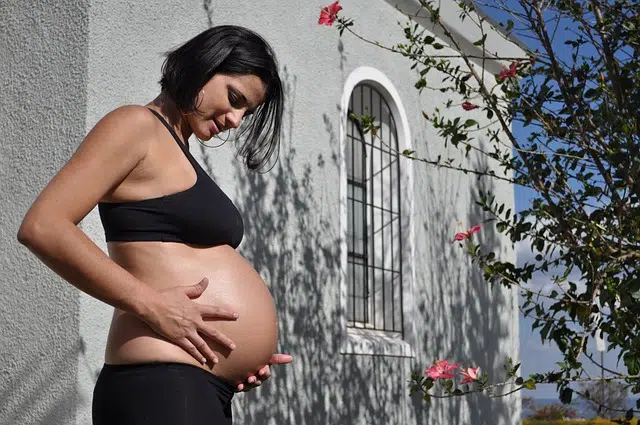
Breathing is a process that involves the development of different types of contractions.
Contraction is a term that comes from a Latin word and refers to the action and effect of contracting or contracting . This verb is related to tightening or joining something with something else; acquire customs , vices or diseases ; reduce to a smaller size; or celebrate the marriage contract.
For example: "With the first contraction, my wife started screaming and I decided to take her to the hospital" , "The contraction of the space occurred from the installation of the new machine" , "It is not clear how the contraction of the disease, but the truth is that the animal has been infected for more than two months" , "The contraction of marriage generates uncertainty in many men" .
muscle contraction
Muscle contraction is the physiological process that muscles develop when they are systematically tensed and relaxed. The contractions, controlled by the central nervous system , generate motor force. Voluntary contractions are managed by the brain , while involuntary reflexes are handled by the spinal cord.
Breathing , chewing , and locomotion involve various types of contractions. These actions can be initiated consciously or unconsciously, although they are usually continued through an unconscious reflex.

In pregnancy, contractions are associated with hardening of the abdomen.
The abdomen and pregnancy
In the context of pregnancy , contraction is the hardening of the abdomen due to the activity of the uterine muscle. They can be caused by the baby 's movements or changes in position, among other reasons. Labor contractions are different because they present greater regularity and intense pain (although the latter varies: in some cases the pain is unbearable and in others, it appears as a slight tickling).
In general, contractions follow the same pattern: they start out mild and as the time of birth approaches , they become more constant . It is convenient for parents to monitor this regularity to know when they should call the specialist who is monitoring the pregnancy .
The reason for contractions
Through these muscular changes, the woman's body prepares to expel the baby. It is necessary to clarify that contractions begin long before labor is announced.
Braxton Hicks contractions usually appear early and consist of a way in which the body prepares and takes shape until the moment of birth arrives.
At this stage the uterine muscles contract but generally this movement goes unnoticed and only very mild pain is perceived; They last a short time and occur every so often. These contractions can begin in the second trimester and continue with certain frequency until the time of delivery arrives.
Contractions are characterized by tension and relaxation of the uterine muscle; which manages, through this movement, to create the necessary pressure in the upper part of the uterus to push the baby towards the birth canal and, subsequently, outside.
Main symptoms
The most noticeable symptoms of contractions are hardening of the belly (the entire abdomen becomes rigid), pressure in the lower part of the uterus (because the uterus contracts and because the baby pushes) and dilation (the canal widens to give place for the baby to walk).
The moment of birth comes when dilation reaches its maximum level and the canal opens so that the creature can descend through it. It is important to keep in mind that this last part of the process can take one to two days.
Contraction in grammar
For grammar, contraction is the morphophonological phenomenon that consists of the fusion of two or more words to form a single word.
Some examples of grammatical contractions are "al" ( "a" + "el" ) and "del" ( "de" + "el" ).
